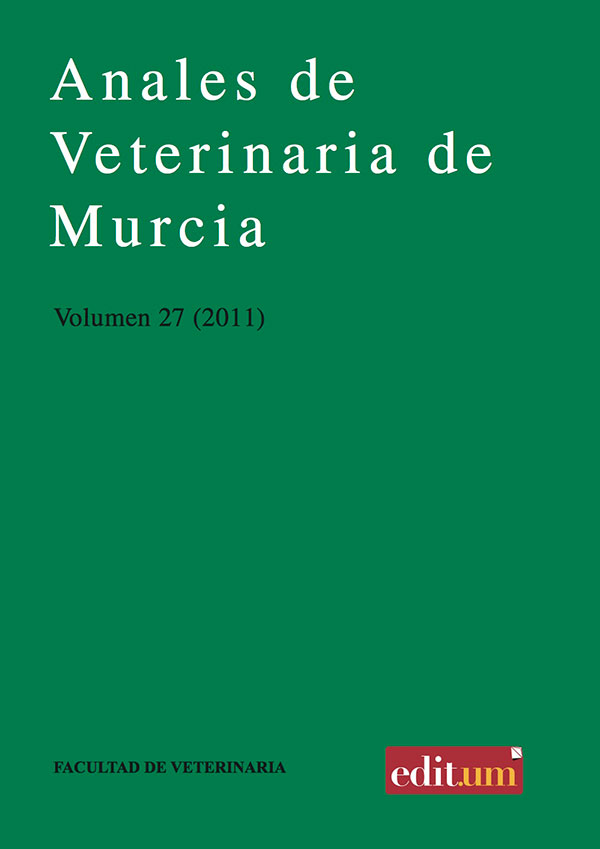Empleo de coagulantes vegetales en leche de cabra murciano-granadina
Resumen
El uso de coagulantes alternativos en la fabricación del queso favorece la obtención de productos con diferentes características a los que habitualmente encontramos en el mercado. Los coagulantes vegetales más utilizados en la actualidad son los derivados de Cynara Cardunculus, ya que permiten la elaboración de variedades de quesos con características organolépticas diferentes, que son ampliamente aceptadas por consumidores. En este trabajo se ha comparado la actividad coagulante de dos extractos vegetales de la flor de cardo (cardo silvestre: Cynara cardunculus subsp. flavescens y cardo cultivado: Cynara cardunculus subsp. cardunculus) comparándolos con coagulantes de origen animal y microbiano en leche de cabra Murciano-Granadina. Para ello se han utilizado dos métodos que definen el tiempo de coagulación: determinación visual de la aparición de los primeros flóculos (Método de Berridge) y la aplicación de sensores ópticos (CoAguLabTM). No se observan diferencias significativas en el perfil de reflectancia difusa, obtenido por el sensor CoAguLabTM entre los coagulantes vegetales y microbianos, pero si entre estos y los de origen animal con un 80% de quimosina. Los resultados obtenidos demuestran la existencia de una correlación lineal entre ambos métodos, por lo que el sensor óptico podría ser una alternativa al método de Berridge.Descargas
Las obras que se publican en esta revista están sujetas a los siguientes términos:
1. El Servicio de Publicaciones de la Universidad de Murcia (la editorial) conserva los derechos patrimoniales (copyright) de las obras publicadas, y favorece y permite la reutilización de las mismas bajo la licencia de uso indicada en el punto 2.
2. Las obras se publican en la edición electrónica de la revista bajo una licencia Reconocimiento-NoComercial-SinObraDerivada 3.0 España (CC BY-NC-ND 3.0 ES). Se pueden copiar, usar, difundir, transmitir y exponer públicamente, siempre que: i) se cite la autoría y la fuente original de su publicación (revista, editorial y URL de la obra); ii) no se usen para fines comerciales; iii) se mencione la existencia y especificaciones de esta licencia de uso.
3. Condiciones de auto-archivo. Se permite y se anima a los autores a difundir electrónicamente las versiones pre-print (versión antes de ser evaluada) y/o post-print (versión evaluada y aceptada para su publicación) de sus obras antes de su publicación, ya que favorece su circulación y difusión más temprana y con ello un posible aumento en su citación y alcance entre la comunidad académica. Color RoMEO: verde.





